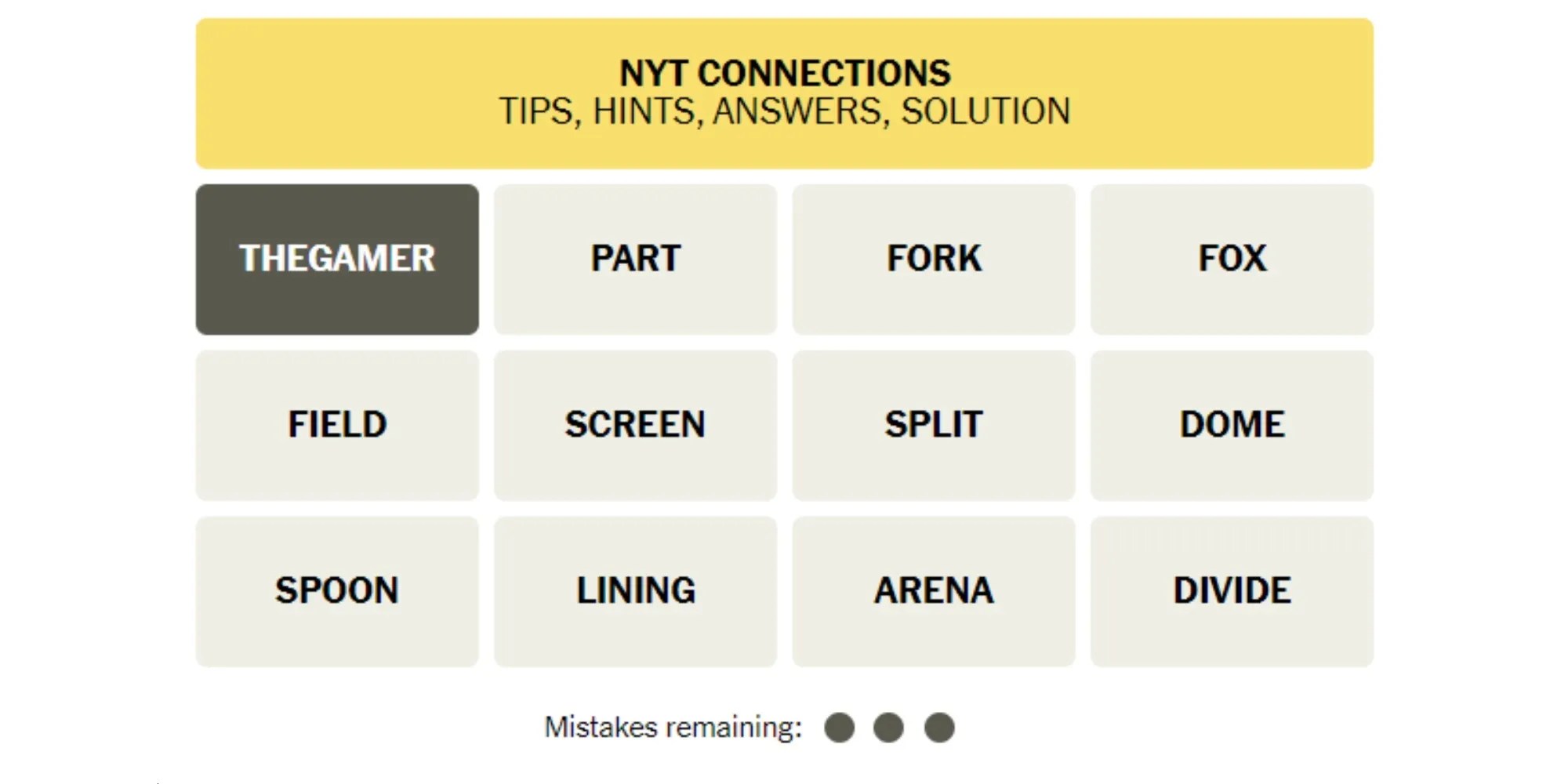Navigating wordplay intricacies can be challenging; thus, assistance arrives with Connections Puzzle Solved for puzzle #811, Saturday, August 30, 2025. For those seeking to maintain their winning streaks or simply conquer the daily brain teaser, comprehensive guides are now available, offering insights into the puzzle’s categories and solutions. The New York Times’ popular word association game, created in part by associate puzzle editor Wyna Liu, challenges players to identify connections between seemingly disparate words. When stumped, many players turn to online resources for guidance.
Decoding Connections Puzzle #811
The “Connections” puzzle, played primarily on The New York Times Games platform, presents players with sixteen words and tasks them with grouping them into four distinct categories. Puzzle #811, released on August 30, 2025, proved to be another test of linguistic skill and lateral thinking. Fortunately, solutions and hints are readily accessible across various online platforms.
The Categories and Their Solutions
Puzzle #811 featured the following categories and associated words, ranked by increasing difficulty:
- Yellow: MUSIC GENRES – EMO, FUNK, METAL, POP
- Green: NOT BE GOOD – BITE, BLOW, STINK, SUCK
- Blue: DO EXCEPTIONALLY WELL – EAT, ROCK, RULE, SLAY
- Purple: CONTEMPORARY COMPOSERS – CAGE, ENO, GLASS, REICH
Where to Find the Answers
A multitude of online resources provide solutions and hints for the daily “Connections” puzzle. Websites such as Parade, Mashable, CNET, Word Tips, and Forbes publish daily updates, offering clues, category breakdowns, and complete answer keys. These platforms serve as valuable aids for players seeking assistance, ensuring they can complete the puzzle and understand the logic behind the word associations.
Why Players Seek Assistance
The “Connections” puzzle is designed to be challenging, and many players find themselves needing assistance at some point. According to reports from dedicated enthusiasts on sites like Beebom, the reasons for seeking help vary:
- Maintaining Winning Streaks: Players often want to preserve their daily success rate.
- Understanding the Logic: Some seek clarification on the connections between words within each category.
- Avoiding Mistakes: With only four allowed mistakes, players may look for hints to avoid exhausting their attempts.
How Online Guides Provide Solutions
Online platforms offering “Connections” solutions typically provide a range of assistance, from subtle hints to complete answer reveals. These guides often break down the puzzle by category, offering explanations for the connections between the words. Furthermore, they may provide strategies and tips to help players improve their puzzle-solving skills for future games. The New York Times itself offers a “Connections Bot” to analyze player guesses and track progress, as noted by Wyna Liu, associate puzzle editor at The Times.
Strategies for Tackling Future Puzzles
Improving your “Connections” game involves more than just finding the answers. Consider these strategies for future puzzles:
Identifying Obvious Connections
Start by looking for the most apparent relationships between words. The yellow category is often the easiest to identify, providing a foothold into the puzzle. In puzzle #811, the “MUSIC GENRES” category (EMO, FUNK, METAL, POP) likely presented the most straightforward connection for many players.
Working Through Difficulty Levels
The categories are generally ranked in order of difficulty, from yellow (easiest) to purple (hardest). After identifying the obvious connections, focus on the remaining words and try to group them based on less apparent relationships. The green and blue categories often require more creative thinking.
Leveraging Online Resources Judiciously
While online guides can be helpful, try to solve as much of the puzzle as possible on your own before seeking assistance. Use hints and clues strategically to guide your thinking without completely giving away the answers. Forbes and CNET both recommend this approach to maximize the enjoyment and challenge of the game.
Understanding Word Associations
Pay attention to the nuances of word meanings and their potential associations. Consider synonyms, antonyms, and related concepts. The “NOT BE GOOD” category (BITE, BLOW, STINK, SUCK) in puzzle #811 exemplifies the need to think beyond literal definitions and consider idiomatic expressions.
Contemporary Composers: A Purple Challenge
The purple category, typically the most challenging, often involves more obscure or nuanced connections. In puzzle #811, the “CONTEMPORARY COMPOSERS” category (CAGE, ENO, GLASS, REICH) required knowledge of modern classical music. Players unfamiliar with these composers may have found this category particularly difficult, highlighting the diverse knowledge base that the game can draw upon.
Conclusion
The “Connections” puzzle continues to captivate players with its engaging wordplay and challenging categories. For puzzle #811 on August 30, 2025, solutions and hints are widely available to assist those seeking guidance. By leveraging online resources and developing strategic problem-solving skills, players can enhance their enjoyment of the game and improve their ability to decipher the connections between seemingly unrelated words. Remember to use these aids strategically to maintain the challenge and fun of the game, continuously improving your word association skills.


